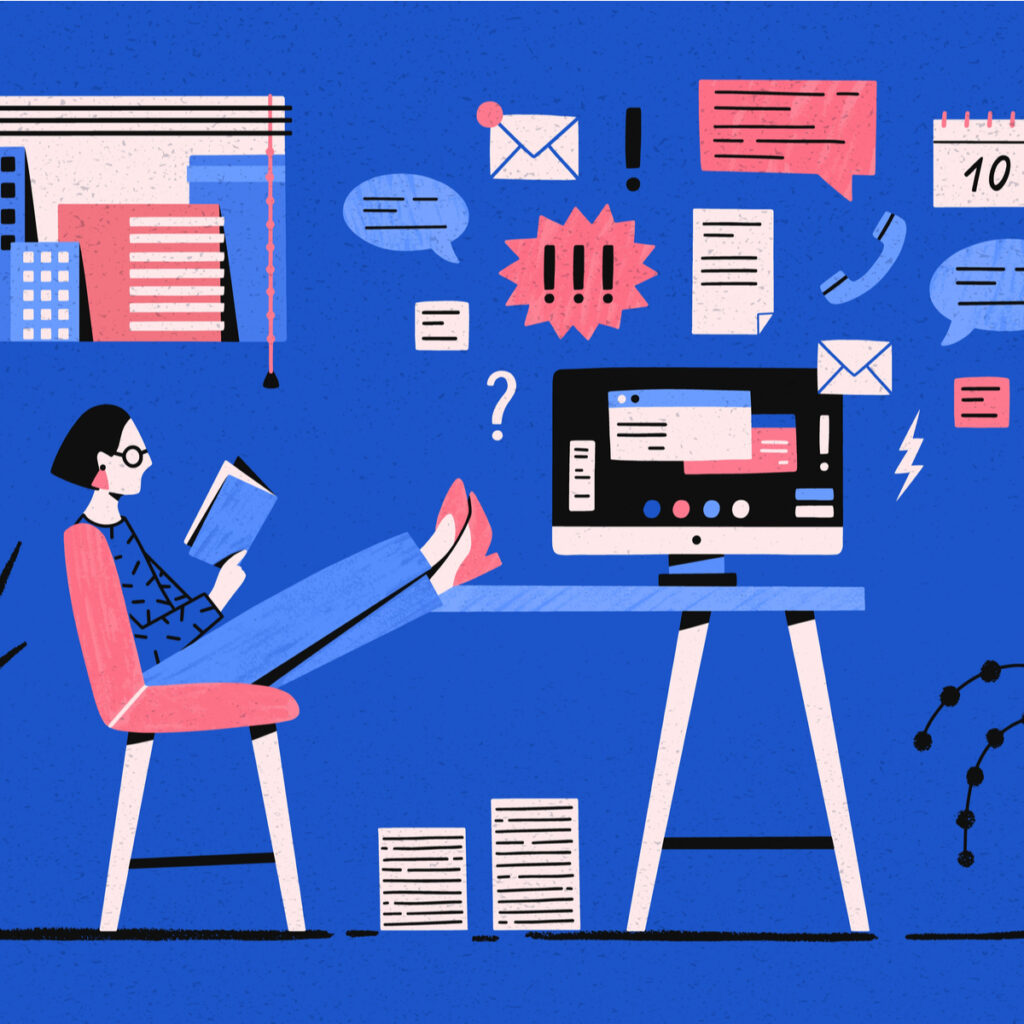Procrastination by managers and team members costs your company money. We know that. What we also need to recognize is that with procrastination comes reduced motivation and increased stress. Negativity begins to reign in the office and working relationships falter. Here are the three key methods to dealing with this issue that actually work.
Identification:
Almost everyone fails to accomplish every task on time every time. The problem comes when procrastination becomes frequent by one or more on staff. Understanding what causes the problem itself is the first key to solving it. The primary reason why we find ourselves delaying important work activities is fear. The sheer scope of projects scare us, the possibility of making mistakes (especially in front of others) is frightening and, often, the changes we must make in our work habits when collaborating with team members is daunting. It is essential to discover these fears, and other specific ones, which lead us to procrastinate. Once we identify the exact problem, we can confront it and, then, we can work to eliminate it.
Planning:
Determine what tasks are necessary in our work day. Prioritize the list of items. Work logically, some things need to be done earlier than others. The items of least priority, or the ones that do not have to be completed that day, should be at the end of the list. Figure out the reasonable amount of time you need to complete each step of an activity. Set a timer so that you get that step done in the amount of minutes or hours allotted. Without a time limit, you might dawdle and take much more time than is reasonably needed. Don’t be a perfectionist. Chop down large projects into manageable “bite size” pieces. Assign a time to start on each activity and mark dates on a calendar for when full projects must be completed.
Processing:
The most essential part of ending procrastination is pretty self-evident. It is, of course, the start itself. You have identified your fears, make a fantastic plan and now it is time to enact it. First take five minutes to set up your environment. Clean your desk, lay out essential materials, turn off social media and any screens you do not need and CLOSE your door. Interruptions are your enemies. This routine will serve as your trigger to get going. Still, stuck? Set a timer for just ten minutes. You can stand anything for ten minutes, right? Once the timer starts, so do you. This sounds incredibly simple. It is, and that is why it works. After the ten minutes, you might find yourself already in the flow and if not, that’s okay. Take a ten-minute break or, better yet, complete a necessary task that takes this amount of time or less. Then return to the more difficult task and set your timer for fifteen minutes. Keep adding five minutes every interval (but only ten-minute breaks) and very soon you will accomplish what you need to do. You will find yourself into the flow of the more difficult work, and you will continue with it long after the timer has ended. Model the concepts for your employees and encourage them to try these techniques.
Enact these practices until they become a habit in your work. You will increase your productivity significantly, lower your stress and enjoy your “free time” much more.

